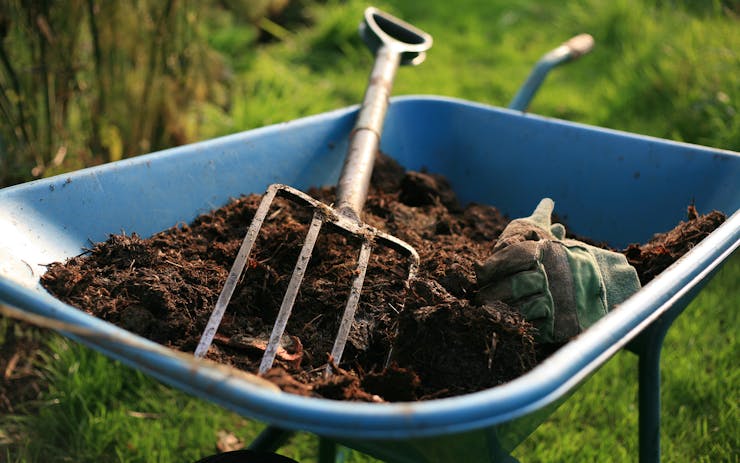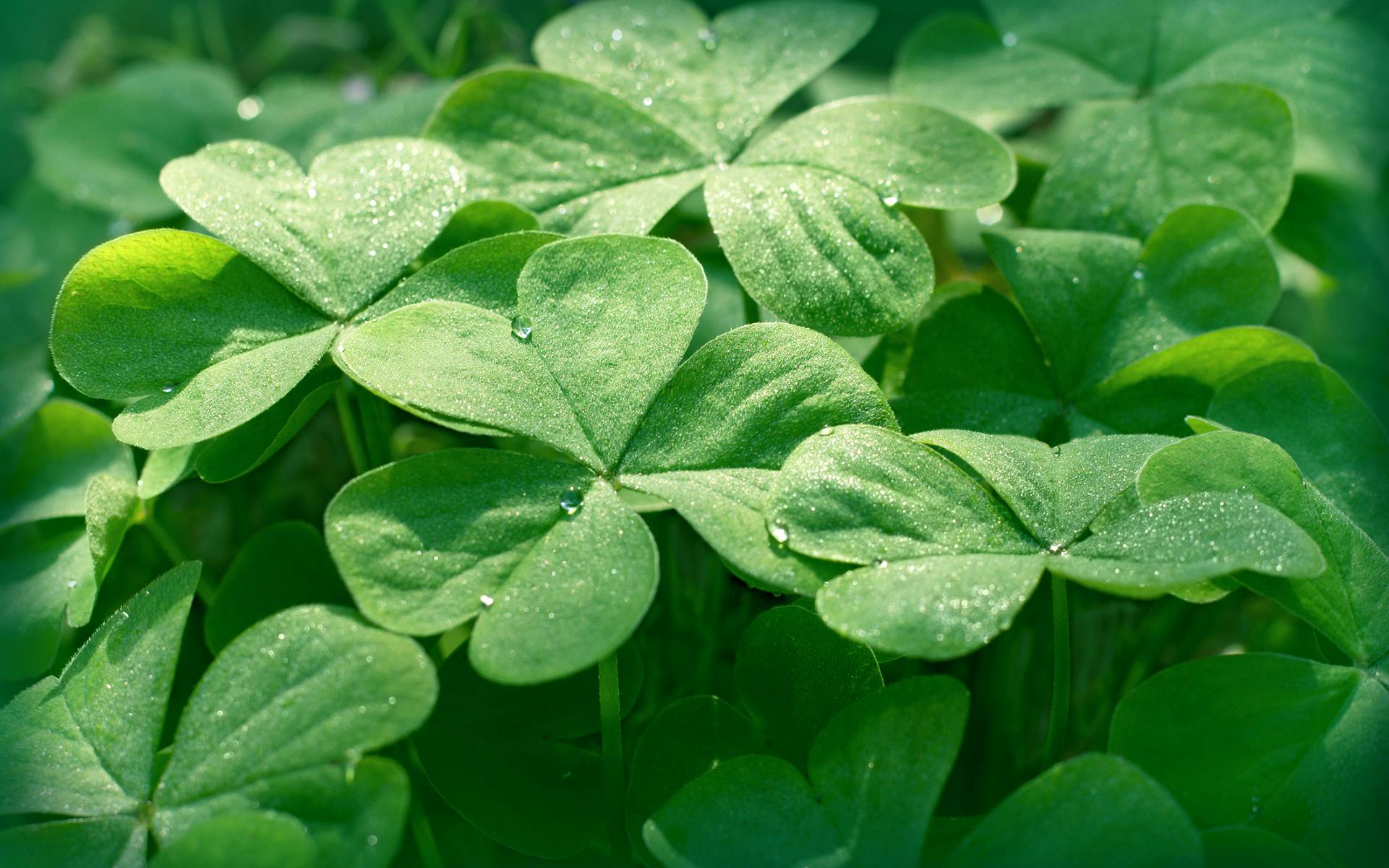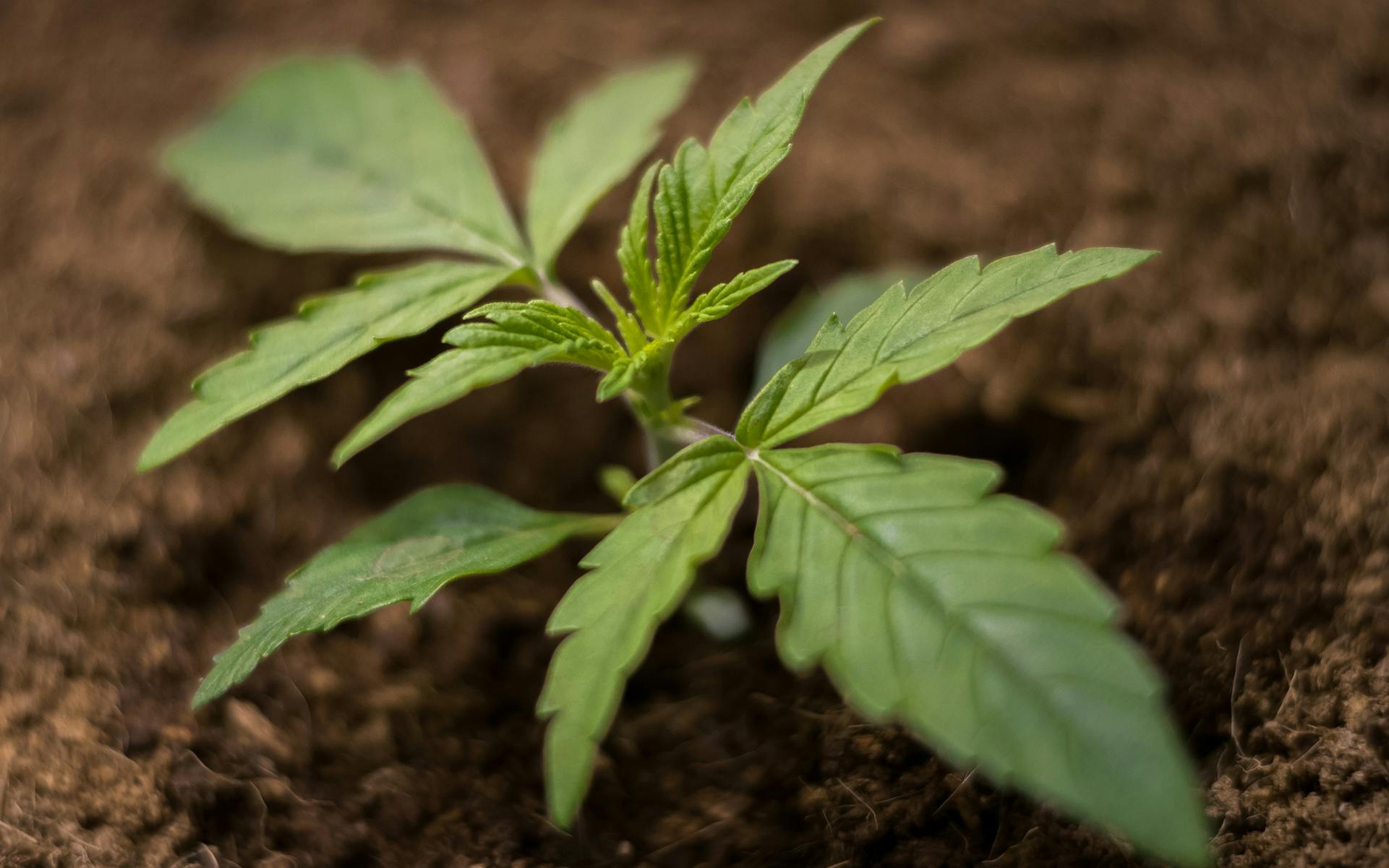Take a walk through a forest and you’ll notice that what you’re walking on is not the same material you fill your pots or garden beds with. Dig a few inches down and you’ll start to feel a texture similar to your soil. The layer you have just dug through is mulch.
Below the mulch, the soil is moist, fluffy, inoculated with mycelium, and teeming with bugs, microbes, and bacteria. Mulch is a breeding ground for life and bridges the soil and plant.
Mulch can consist of any organic material breaking down. In a forest, mulch is composed of what is decomposing in the local environment. Leaves, undergrowth, and decaying trees are the primary inputs in most forests. A healthy forest offers insight into a sustainable ecosystem where plants live and die in a continual cycle. Without outside influence, a forest can handle predatory bugs, diseases, and create their own nutrients, which make forests one of our best study guides when it comes to growing organically.
Many feel that the best way to grow in nature is with nature, and one way to do this is by introducing a mulch layer. In this article, we will explore mulch and explain why and how it offers so many benefits to those growing cannabis.
Understanding the Life Cycle
As plants grow, they pull nutrients from the ground. These nutrients are transferred from soil to plant and are used as building blocks to grow. Once a plant dies and begins to decompose, the nutrients stored in the plant will be released back into the soil.
Decomposition is powered by beneficial microbes, fungi, bacteria, and insects. These team players help break down the building blocks and return the nutrients to a state that is available for absorption by roots of new plants while also inhabiting the space that predatory bugs and diseases like to invade before attacking your plants.
When growing cannabis with the intention of harvesting your crop, you are removing the nutrients that have been used by the plants to grow. This halts the natural process mentioned above. Nutrients will not be returned to your soil without amendments, and there will be no plant matter decomposing to create a healthy layer of mulch.
You can remedy this by adding mulch to your garden. With this life cycle in mind, here’s a shortlist of specific benefits mulch provides.
Healthy Habitat
Decomposing material provides a home for beneficial microbes, fungi, bacteria, and insects. While you will find some of these guys in a healthy soil already, mulch provides another ecosystem for them to thrive.
Shop highly rated dispensaries near you
Showing you dispensaries nearNutrients
As the mulch breaks down, nutrients become available. What you use as mulch will dictate what nutrients are released.
Increased Water Retention
A thick layer of mulch will keep water from evaporating from the soil as it provides a barrier between the hearty soil and a hot climate.
Soil and Root Protection
The barrier mulch allows your roots to explore more freely and reach nutrients that border the surface of your soil without drying out. The mulch also protects the top layer of soil from excessive cold/hot temperatures.
How to Use Mulch for Cannabis
To use mulch, you’ll need to be growing organically to create a welcoming environment for your team players. Bacteria are best at breaking down fresh leafy material like leaves and grass, whereas fungi thrive with woody material like bark.
Woody Mulch
If available, use a wood chipper to break down stalks from last year’s harvest. These can help reintroduce nutrients back into your soil food web.
For other woody mulch material, shredded tree bark is an excellent choice. Avoid cedar mulch as it does not provide a welcoming environment to insects. Walnut mulch may contain toxins that can kill cannabis plants.
Fresh Green Mulch
For fresh green mulch material, save cannabis leaves and young branches from pruning. Additionally, utilizing alfalfa and clover hay can help add nitrogen to your soil and feed your team players. Lawn clippings and other organic waste from your garden are also great inputs. Make sure no pesticides or chemical fertilizers have been used and that there are no unwanted weed seeds in the mulch.
Applying Mulch to Your Garden
Once you have your mulch inputs, you are ready to apply it to your garden. As it decomposes, mulch releases heat so it’s important to keep a few inches between the stalk of your plant and the mulch layer.
Apply the mulch a few inches deep if it is primarily dense (e.g. bark mulch) or 3-4 inches deep if primarily light and fluffy (e.g. hay, leaves). When applying, sprinkle a good nitrogen source like worm castings into the mixture. This will help feed and introduce the team players. You can also water your pots or beds with compost tea to help inoculate the mulch with microbes, fungi, and bacteria.
Apply mulch as you see fit. If the mulch appears to be breaking down, you can add more.
Organic gardening is an exploration that goes back to the basics. The concept of using mulch does not need to be overthought, but simply done with quality input materials in a natural environment.
Have you used mulch before? If so leave a comment below and share your experiences.







